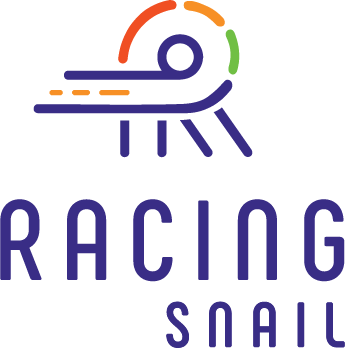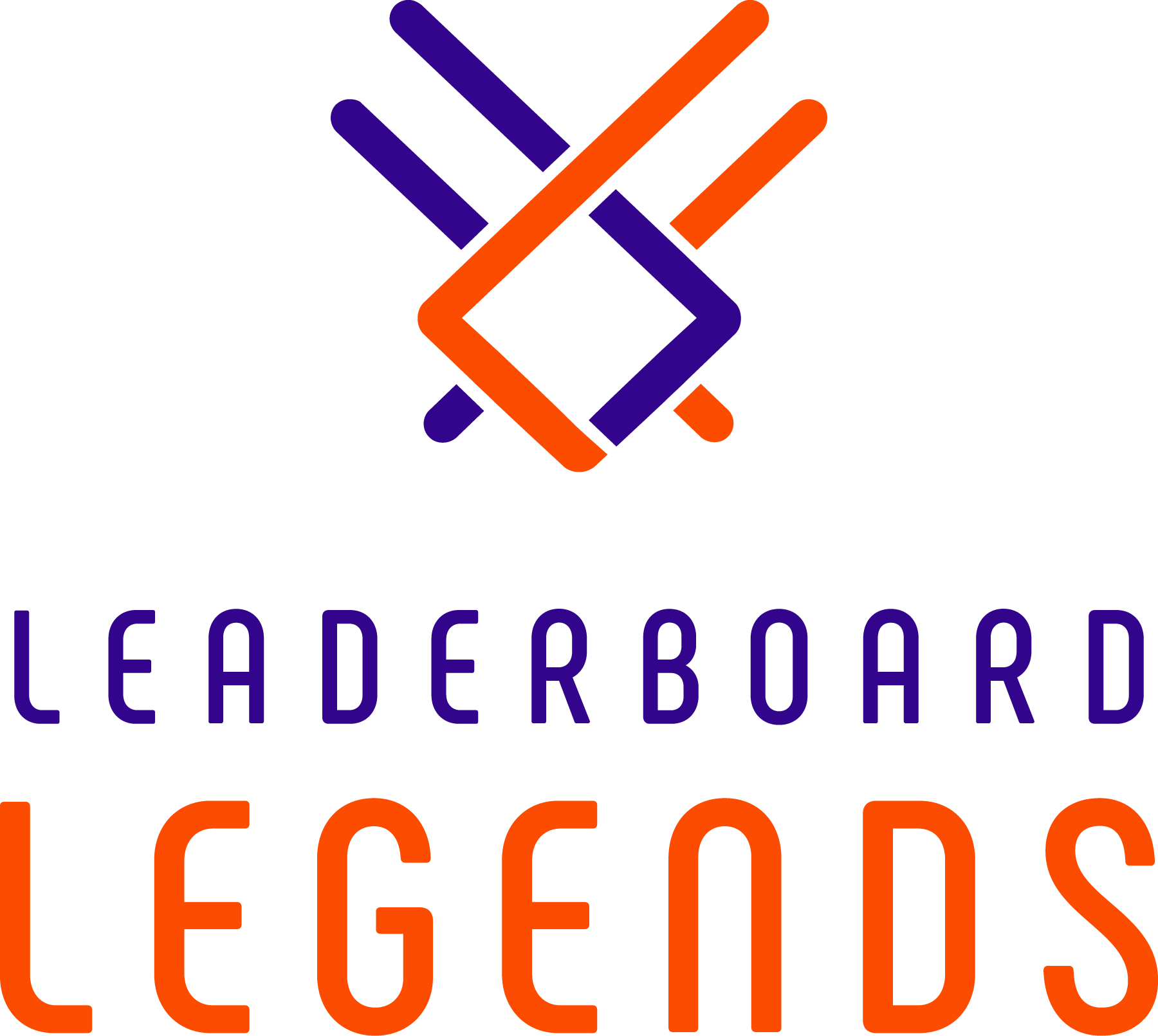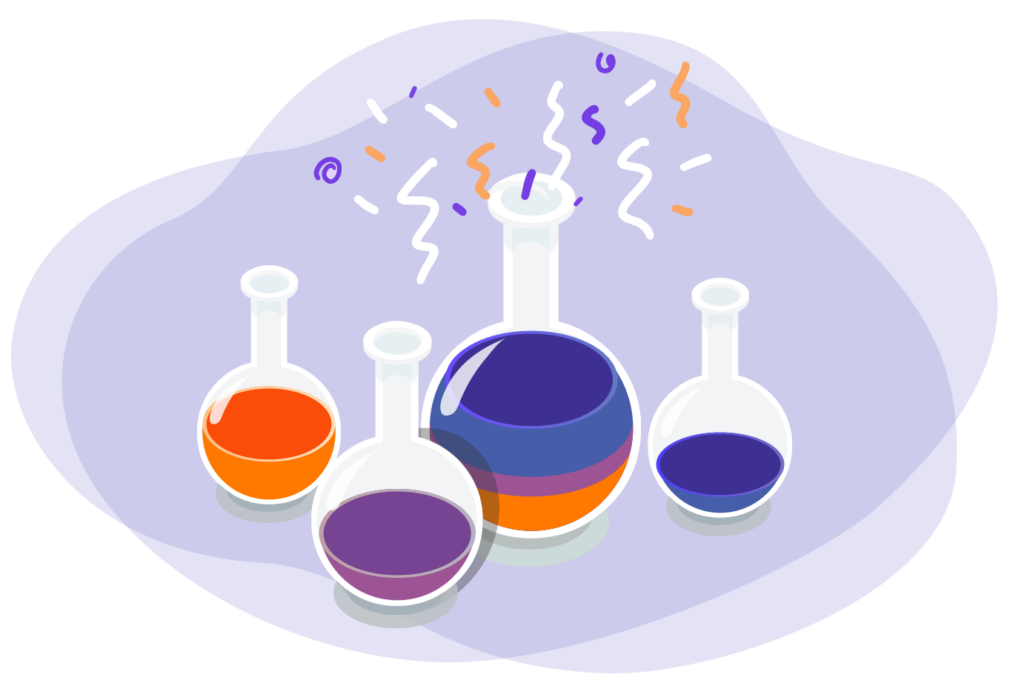This article was originally posted on Life Annuity Specialist and is written by Cyril Tuohy.
Agents are the lifeblood of most insurers, so raising their productivity is an enticing prospect.
Leaderboard Legends is the latest to try by turning sales into a game. Its software tries to motivate agents, boost productivity and help insurers improve customer engagement and employee collaboration.
Insurers with career agent channels and big independent distribution have shown a lot of interest in the product, said Seth Preus, founder of Racing Snail. “They want agencies competing versus each other,” he said. Racing Snail refers to a character in 1984’s The Neverending Story. While the snail is never named, it moves at warp speed. The software is available by subscription and based on user numbers.
Gamification isn’t exactly new. Farmer’s Farmville and Aetna’s Mindbloom Life Game have been in the market for years. Succeeding with the approach is tantalizing. Consider a life insurer with more than 5,000 agents on staff with an industry average premium of $120,000 per agent. A gamification contest adopted by 20% of agents, assuming a 5% improvement in premium per agent, would yield an expected increase in sales of $6 million, according to a Cognizant white paper published last year. But there are also drawbacks. Gamification can suffer from flawed design. It can lead to backlash caused by ineffective “point” or “badge” systems or competitions that overwhelm agents and rank-and-file employees. The return on investment can be lackluster. Gamification packages can be applied to any number of areas: policy administration, billing, pre-purchase, new business and underwriting, Cognizant said.
Leaderboard Legends is Mivation’s second product. It was developed after 14 years collecting analytics, compensation data, return-on-investment metrics and studying advanced agency compensation systems, Preus said. Along the way, Preus and his platoon of software developers were surprised to learn that simply boosting compensation – extrinsic rewards – often failed to deliver the commensurate lift in agent production, he said. Agents were often more driven by confidence, peer recognition, accountability and activity-based tasks, or variables that are more intrinsic in nature, he said. The software program is designed to work through agents’ customer relationship management systems or through the insurer’s policy administration system, and games can be configured in a variety of ways.
Standard gamification models include those that track which agents are racking up the most in sales or the most appointments. But there are other versions too, such as a decathlon model that recognizes an agent’s prowess across multiple product lines or service functions, for example. Like an athlete who never breaks into a top-three finish in high jump, long jump, or hurdles, that agent may be out of the top three across sales of term life, universal life and fixed annuities, for instance. But taken together that agent’s results may warrant company-wide recognition.
“Point systems, which assign different point totals or weightings, help sales teams compete with service teams within the company”
Seth Preus
The program can track any metric management cares to measure and the idea is to focus less on the goal, and more on the game – say annuity sales over a certain volume within a given time frame. Back-office claims administrators like to compete as well, using yardsticks such as closing claims based on speed and volume.
One of the biggest drawbacks with gamification models has been that the same superstars keep winning. After a while, lower performers ignore the challenge and disengage. But the Leaderboard suite allows agencies to group producers into classes so that sales rock stars in one agency compete against the stellar producers at another agency, B-tier producers then compete with other B-tier sales pros and so on
Prizes, at the discretion of the agency or the company, vary from higher compensation to a day off.





